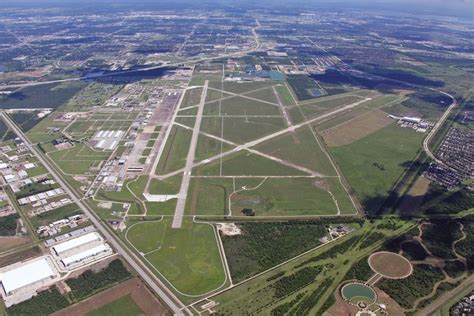Life as an Aerospace Engineer in the Modern Workplace
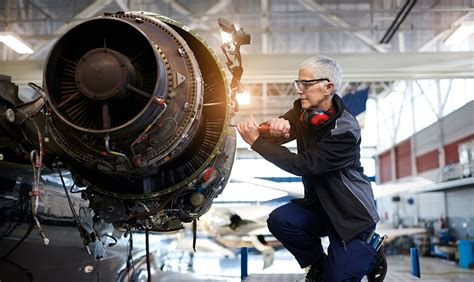
The Evolution of Aerospace Engineering in the Modern Workplace
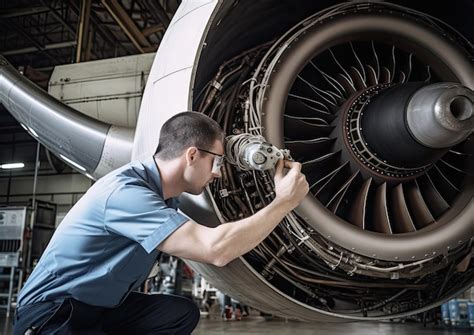
The field of aerospace engineering has undergone significant transformations in recent years, driven by advances in technology, changes in the global landscape, and shifting workforce demographics. As the industry continues to evolve, the role of aerospace engineers has become increasingly complex, requiring a unique blend of technical expertise, soft skills, and adaptability. In this article, we will delve into the world of aerospace engineering in the modern workplace, exploring the challenges, opportunities, and innovations that shape this dynamic field.
Key Responsibilities of Aerospace Engineers

Aerospace engineers are responsible for designing, developing, and testing aircraft, spacecraft, and missiles. Their primary duties include:
- Design and development: Creating blueprints, models, and prototypes of aircraft and spacecraft components, such as wings, fuselage, and control systems.
- Testing and validation: Conducting experiments, simulations, and flight tests to ensure the safety, efficiency, and performance of aerospace systems.
- Systems integration: Collaborating with cross-functional teams to integrate mechanical, electrical, and software components into a cohesive system.
- Troubleshooting and maintenance: Identifying and resolving technical issues, as well as performing routine maintenance and repairs.
Modern Challenges Facing Aerospace Engineers
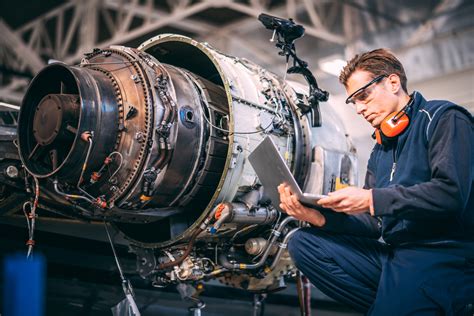
Aerospace engineers in the modern workplace face a multitude of challenges, including:
- Increasing complexity: The rise of autonomous systems, electric propulsion, and advanced materials has introduced new complexities in design, testing, and integration.
- Stringent regulations: Compliance with safety standards, environmental regulations, and export controls requires aerospace engineers to navigate a complex web of rules and guidelines.
- Global competition: The aerospace industry is highly competitive, with companies from around the world vying for market share and talent.
- Cybersecurity threats: As aerospace systems become increasingly reliant on software and connectivity, the risk of cyber threats and data breaches grows.
Emerging Trends and Innovations

Despite the challenges, the aerospace industry is experiencing a surge in innovation, driven by advances in technology and shifting market demands. Some of the key trends and innovations include:
- Electric and hybrid-electric propulsion: The development of more efficient and sustainable propulsion systems, such as electric motors and hybrid-electric engines.
- Artificial intelligence and machine learning: The application of AI and ML in aerospace engineering, enabling predictive maintenance, autonomous systems, and optimized performance.
- Additive manufacturing: The use of 3D printing and other additive manufacturing techniques to create complex components and reduce production costs.
- Space exploration and commercialization: The growth of private space companies, such as SpaceX and Blue Origin, is driving innovation in space technology and exploration.
Skills and Qualifications for Aerospace Engineers

To succeed in the modern aerospace industry, engineers require a combination of technical expertise, soft skills, and adaptability. Some of the key skills and qualifications include:
- Technical expertise: Proficiency in aerospace engineering principles, including aerodynamics, structural analysis, and propulsion systems.
- Programming skills: Knowledge of programming languages, such as Python, C++, and MATLAB, and experience with software tools like CAD and FEA.
- Collaboration and communication: The ability to work effectively in cross-functional teams and communicate complex technical information to stakeholders.
- Problem-solving and adaptability: The capacity to analyze complex problems, think creatively, and adapt to changing project requirements.
Education and Training for Aerospace Engineers

Aerospace engineers typically hold a bachelor’s or master’s degree in aerospace engineering or a related field. Some of the key educational institutions and training programs include:
- Bachelor’s and master’s degree programs: Offered by universities with accredited aerospace engineering programs.
- Professional certifications: Provided by organizations like the American Institute of Aeronautics and Astronautics (AIAA) and the National Institute for Certification in Engineering Technologies (NICET).
- Industry training programs: Offered by companies like Boeing, Lockheed Martin, and NASA, providing specialized training in areas like systems engineering and project management.
💡 Note: The aerospace industry is highly competitive, and engineers who pursue advanced degrees or certifications can gain a competitive edge in the job market.
Salary and Job Outlook for Aerospace Engineers

Aerospace engineers are among the highest-paid professionals in the engineering field, with median salaries ranging from 115,000 to over 160,000 depending on experience and location. The job outlook for aerospace engineers is also positive, with the Bureau of Labor Statistics predicting a 2% growth in employment opportunities through 2028.
Conclusion

Life as an aerospace engineer in the modern workplace is challenging, rewarding, and constantly evolving. As the industry continues to innovate and adapt to changing market demands, engineers must stay ahead of the curve, developing new skills and expertise to remain competitive. By understanding the key trends, challenges, and innovations shaping the aerospace industry, engineers can position themselves for success and contribute to the next generation of aerospace systems.
What is the average salary for an aerospace engineer in the United States?
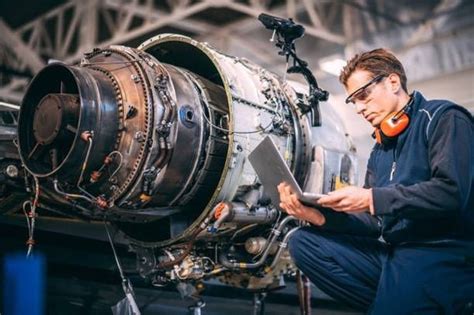
+
The average salary for an aerospace engineer in the United States is around $115,000 per year, according to the Bureau of Labor Statistics.
What are the most in-demand skills for aerospace engineers?

+
Some of the most in-demand skills for aerospace engineers include proficiency in programming languages like Python and C++, experience with software tools like CAD and FEA, and knowledge of aerospace engineering principles, including aerodynamics and structural analysis.
What is the job outlook for aerospace engineers?
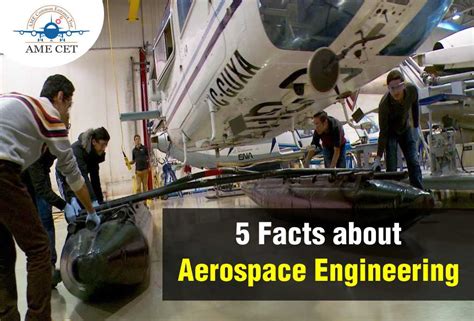
+
The job outlook for aerospace engineers is positive, with the Bureau of Labor Statistics predicting a 2% growth in employment opportunities through 2028.


